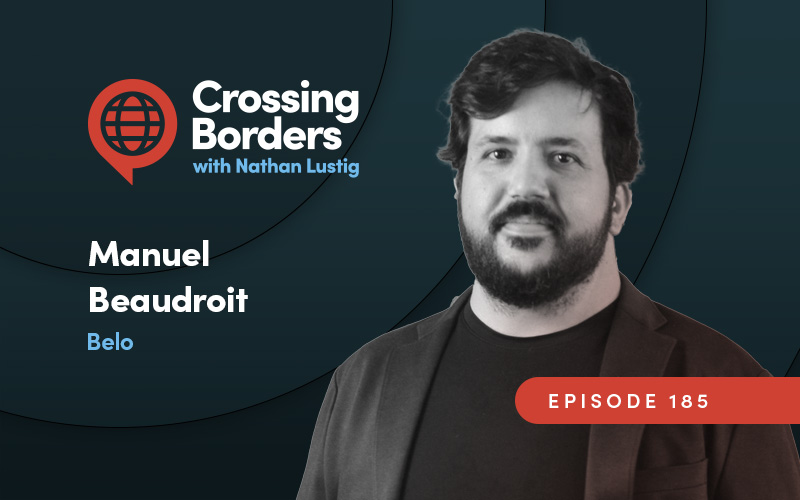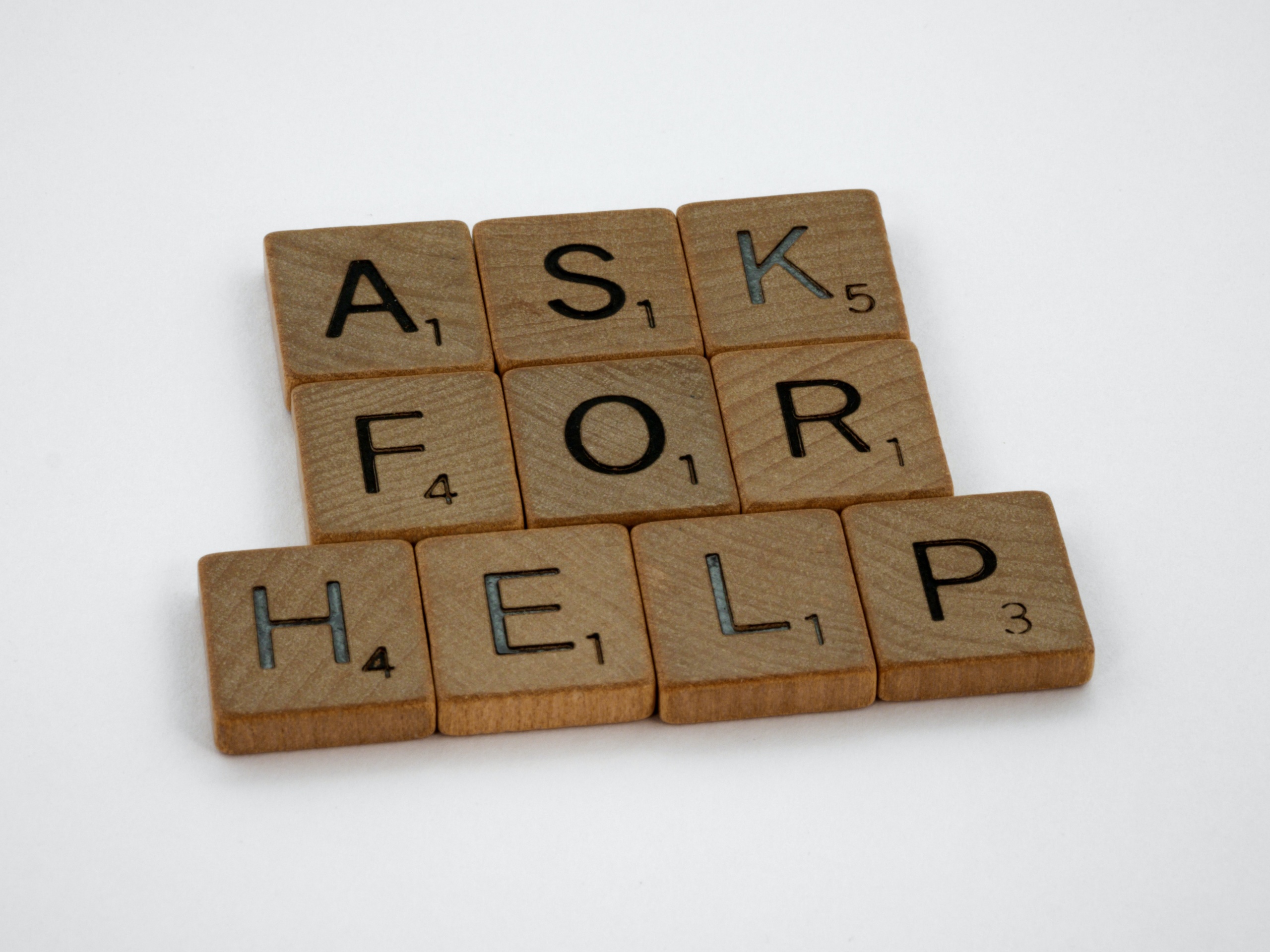My parents came to visit last week and we decided to rent a car and drive over the Andes to visit Mendoza for Vendimia, the grape harvest festival. I’ve already been to Mendoza , but I’d never driven over the Andes, which is always rated one of the best drives in South America.
For someone used to flying into countries or driving between the US and Canada, there are a surprising amount of hoops you have to jump through before you’re even able to go from Chile to Argentina, especially if you’re renting a car. First, you must have a notarized letter of permission from the car owner that says you’re legally able to take the car out of Chile. Next you have to have a special type of insurance for the entire time you’re in Argentina or else Chile won’t let you out and Argentina won’t let you in. You also have to carry proof of insurance with you at all times, especially at the border. If your insurance is expired when you try to come back to Chile, Argentina reserve the right to keep the car until you personally come back with valid insurance. Lastly, you have to have the customs form that lists when the car has gone out/in of Chile in the past.

If you don’t have ALL of them, you won’t be able to leave and will have to turn around at the border. Make sure you call to reserve your rental car a few days ahead of time, as the agencies need time to get the paperwork in order. Most companies ask for a week in advance, but I was able to do it with two days notice. My insurance and all of the paperwork cost CLP$70.000 (US$140) for five days in Argentina and I probably could have gotten it a little cheaper if I had shopped around.
Once I took care of all of that, we got on the road. We left Santiago and headed northwest into the foothills toward the city of Los Andes. The first hour or so is on nice four lane highway, but as you make your way toward Portillo, the sky center, it turns into a winding two lain highway with some significant dropoffs. It can be frustrating because trucks have to travel incredibly slowly and there aren’t many passing zones.
There’s currently construction on the Chilean side of the border to make the road safer and the countries have agreed alternate traffic. You can go into Argentina from 20:00 to 07:00 and back into Chile from 08:00 to 19:00. This construction is likely to go on for at least another two months.
We arrived at the construction zone at about 18:30 and had to wait until about 20:30 to get moving. There were probably 60 cars ahead of us, plus another 100 behind us by the time we got moving. It ended up being a mess because everyone arrived at the border crossing at the same time. When there’s no construction, you can arrive at any time cross. Total driving time should be around 5 hours. In our case, it took us 7 hours of driving time because we had to wait in a huge line at the border.
Because of the construction we had to cross at night, so we didn’t get a feeling of just how big the mountains were on the way into Argentina. But I felt myself steadily driving up on nice wide two lane highways. All of the sudden we reached a sign that said “zona de curvas peligrosas” dangerous curves, and we started to go up, straight up. It was mesmerizing watching the cars zigzagging up the hairpin turns, seeing the white and red lights like tiny ants on the mountain above us. There were 28 curves in all and it took us almost 45 minutes to cover the 7km to the top.
The border crossing is located at the top, just before the Cristo Redentador tunnel that connects Chile and Argentina. The countries have partnered together to have a shared border control all in one place. There’s four steps: first, show your auto papers, insurance, permission to leave Chile, etc, that we talked about before. If you don’t have it, Chile won’t let you out of the country and will send you back down the mountain. Second, you have to have the correct papers to leave Chile, your passport or identity card. After those papers are stamped, you move onto Argentinian border control. The Argentinians stamp your passports and check to make sure you have your insurance paid up and that the Chileans have let you take your car out of the country. Another stamp.
If you’re from the US, Canada or Australia, you must pay the reciprocity fee ahead of time and bring the printout. The rules just changed in February and they don’t have anyone at the border to take your money. They were nice enough to let us use their personal computer to pay the fee and print out the paper, or they would have sent us back down the mountain and into Chile. Previously, Argentina only collected this fee if you flew into Ezeiza airport in Buenos Aires.
Next, you pass to Argentinian customs where they make sure you’re not bringing in contraband or huge amounts of dollars. Since we were clearly tourists, they just asked two questions and let us go. All told, we were at the border for about two and a half hours. On the return trip, it only took us 30 minutes.
The road down from the border slowly slopes down, following the path of a large river. After about an hour, you arrive at Upsallata, a small resort town in a beautiful valley. From there’s it’s another hour and a half, at least to Mendoza. Make sure to watch out for trucks. We saw three different trucks completely flipped over and could smell burning breaks on countless others. They drive about 20km per hour going down the mountain, making for interesting passing in no passing zone opportunities.
After three days in Mendoza, we drove back to Chile during daylight. The mountains are huge and colors change quickly as you drive farther in. We stopped at Upsallata for a bbq lunch at a truck stop, which was one of the better lunches I’ve had. The owners were preparing their own Sunday family lunch and served us some of what they were going to eat: five cuts of beef, two types of sausage, potatoes, a tomato, onion and lettuce salad and homemade bread. It was just what I needed to make the drive up over the mountains and back into Chile.
The drive itself lived up to its billing. It’s a beautiful, fun drive, but make sure you have all of your paperwork in order or you might get turned around at the border. I wouldn’t want to try it in winter though!
Looking for more high quality information about Chile? Check out my book Chile: The Expat’s Guide:










